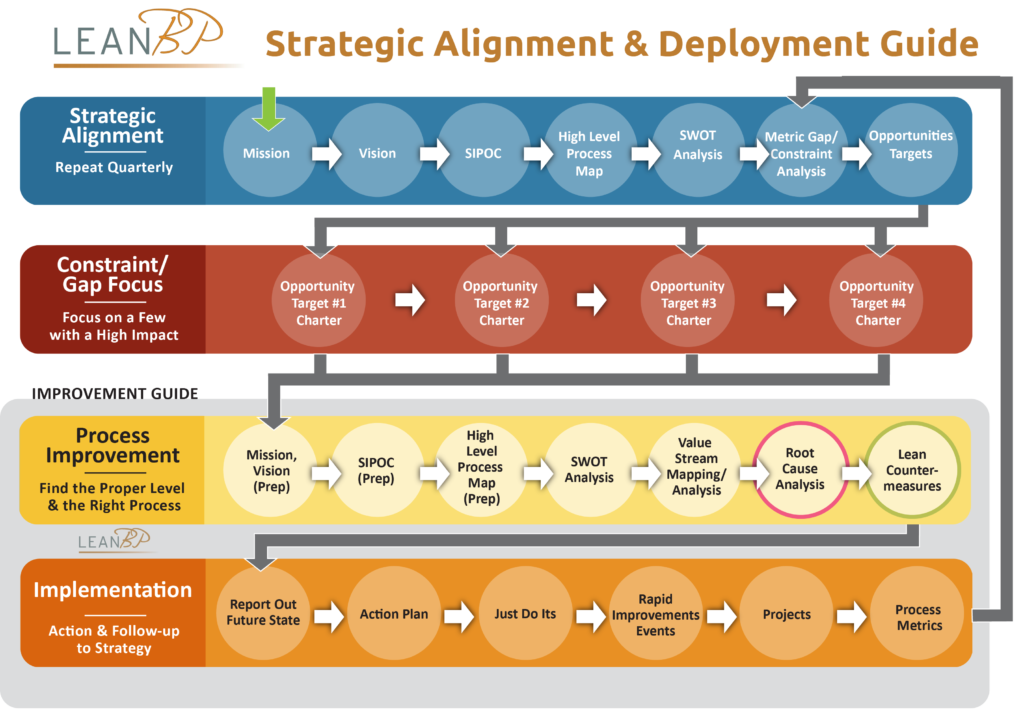 The COVID-19 crisis has upended business as usual, and it’s unclear what will happen when some or all of us return to work. Supply chains will be different. Work culture will be different. The very nature of how we do business may very well change.
The COVID-19 crisis has upended business as usual, and it’s unclear what will happen when some or all of us return to work. Supply chains will be different. Work culture will be different. The very nature of how we do business may very well change.
“When a paradigm shifts, everyone goes back to zero.”—Joel Barker, futurist and author
So far, what has changed in your world? Most of you who take my courses and read my blog are office workers who are now working from home. You still have your job to do, but you no longer have the commute. What if you used the time you’d normally spend in the car or on a train and made a little investment in strategy? It’s a much better alternative than simply trying to cram in more work. Going faster when you’re lost doesn’t help, and spending time on strategy has a big potential payoff.
One of my favorite movies is Groundhog Day. It’s a joy to watch Bill Murray as the main character, Phil Connors, who becomes determined to aim for perfection once he realizes he’s doomed to repeat the same day forever. He learns to recite French poetry and becomes a virtuoso pianist—because why not? You may have a similar feeling after several weeks trapped in the house. If your business as usual is stalled, you, too, can reinvent yourself.
Get Your Bearings
Where do you focus when everything is in upheaval? Start by going back to the blue line of my Strategic Alignment & Deployment Guide (see “The Recipe for My Secret Sauce”), which offers a methodical way to set your bearings in uncharted waters.

I’ve made lots of pivots over the course of my career. Some job changes were excellent opportunities; others were threats. Some were promotions, some were lateral moves, and some were starting over in a new field. Regardless of the reason for each change, all of them required that I assess where I was and where I should be headed.
This time is much the same for me. Right now, in-person training is on hold during the crisis and it’s unclear when it will resume. And some new realities will require me to rethink my content. For example, when the crisis hit, I was scheduled to do some consulting for the airline industry, and one of the topics we planned to tackle was the long and looming pilot and mechanic shortage. That, of course, has disappeared for the near future. Some of the organizations I work with may downsize, many will go through another reorg, and my points of contact will change. There will also be more demand for online training because of the Zoom boom.
I, like you, need to adapt. If I try to work out all the possibilities in my head, it causes anxiety, and as Getting Things Done author David Allen says, it’s important to park those anxieties—to get them out of your head and onto paper or screen. That’s what the blue line is really about. It’s a place where you can assess your own career and get your thoughts down in an organized fashion so you can see where you are and where you want to go.
Revisit and Adjust
Let’s walk back through the blue line together:
- Look back at your mission. Has it changed? If not, then use it to ground yourself so you can keep going in the same direction. If, on the other hand, recent events have caused a change—or maybe you’ve changed—capture it in writing. Find your new bearings. Lean forward and balance. Work on articulating your unique and valuable position to your clients (internal and external) and to your organization. Or maybe it’s time to pause and lie low—if you think that’s the right call, justify that with the written word and forget the guilt.
- Adjust your vision—you certainly need to because the horizon has moved for all of us.
- Think through SIPOC.
- Your customers (internal and external) have changed and so have their needs. Talk with them to see how you can help.
- Rules (policies) have been changed, added, or deleted. What are those changes, and how do you navigate within them?
- Your inputs and the abilities of those who supply what you depend on have likely shifted. This needs some attention and adjustment.
- Verify that your high-level process map is still the same. Any changes? How can you adapt or take advantage of what you see? Being able to see it will create innovation.
- Rethink your SWOT analysis, where you’re likely to see drastic changes. What have you discovered about your strengths and weaknesses? What new opportunities have opened up, and what new threats have been exposed?
If you’re a supervisor, you need to follow this process for yourself and for your team; they need to adjust their sails as you do. Share the blue line template with all your stakeholders for feedback and support.
By rethinking your blue line, you’ll be better prepared to deal with change emotionally, and the exercise will naturally lead you to next steps. Life is an iterative and never-ending plan to do, check, and act (PDCA). After all, unless you’re Phil Connors, there’s always tomorrow.
(What happens if the upheaval is so great you have to start over? Stay tuned until next week.)
